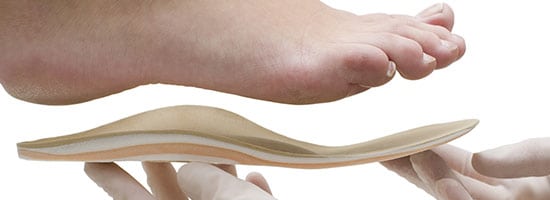
Achilles Tendonitis Hinders Athletic Activity
Achilles tendonitis is common among athletes. It also occurs in “weekend warriors” who engage in infrequent but intense bursts of physical activity. This painful condition may curtail your activities for several weeks.
Achilles Tendonitis Symptoms
The main symptom of Achilles tendonitis is a burning or throbbing pain in the back of your leg, from your heel up through your calf. You might notice stiffness early in the morning. The pain often gets worse with activity. You could notice intense pain the day after a long workout. The swelling could get worse throughout the day, especially if you spend most of the day standing or walking around.
Causes of Achilles Tendonitis
Most cases of Achilles tendonitis happen after repeated overuse. You might develop this condition after a sudden increase in the amount of activity that you do. For example, if you decided to boost your running from two miles per day to five, this could trigger Achilles tendonitis. Not stretching before exercising also increases your risk of tendonitis. In some people, a bone spur can irritate the Achilles tendon and cause it to become inflamed.
How Orthopedic Doctors Diagnose Achilles Tendonitis
In many cases, your orthopedic doctor may only need to do an exam in order to diagnose Achilles tendonitis. Your orthopedic physician might recommend an imaging study such as magnetic resonance imaging. This type of a study creates detailed images of your soft tissues. It can show the precise location of a tear, fluid buildup, or other problems in your Achilles tendon. X-rays might also be performed. These images can show if part of your Achilles tendon has become calcified and lost its ability to stretch.
Treatment Options for Achilles Tendonitis
Consider a pair of customized orthopedic shoe inserts for your shoes. Shoe inserts provide support for your feet and help to stabilize your ankle. It is also important to choose properly fitting and supportive shoes. Physical therapy is also key to treating Achilles tendonitis. Your orthopedic surgeon and physical therapist can teach you stretches that will strengthen your soft tissues and reduce your risk of an injury. Resting, icing, compressing, and elevating your lower leg may also help. These activities reduce swelling and inflammation. Cortisone injections may be used if your pain does not resolve within one week. If your pain persists for more than six month, orthopedic surgery on the tendon may be needed.
